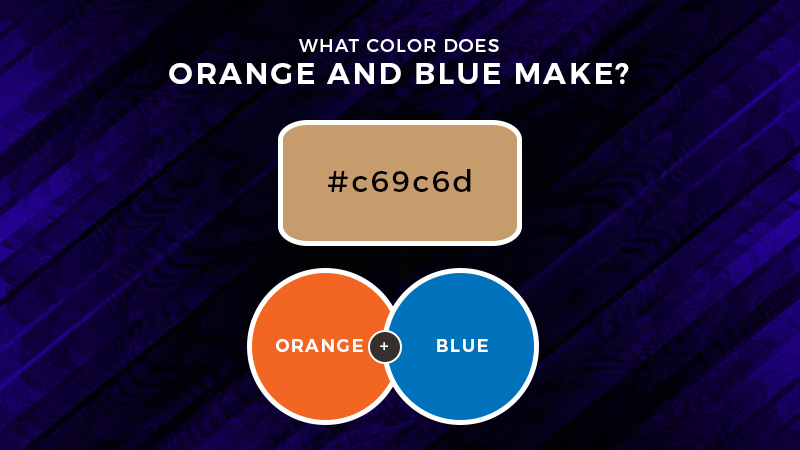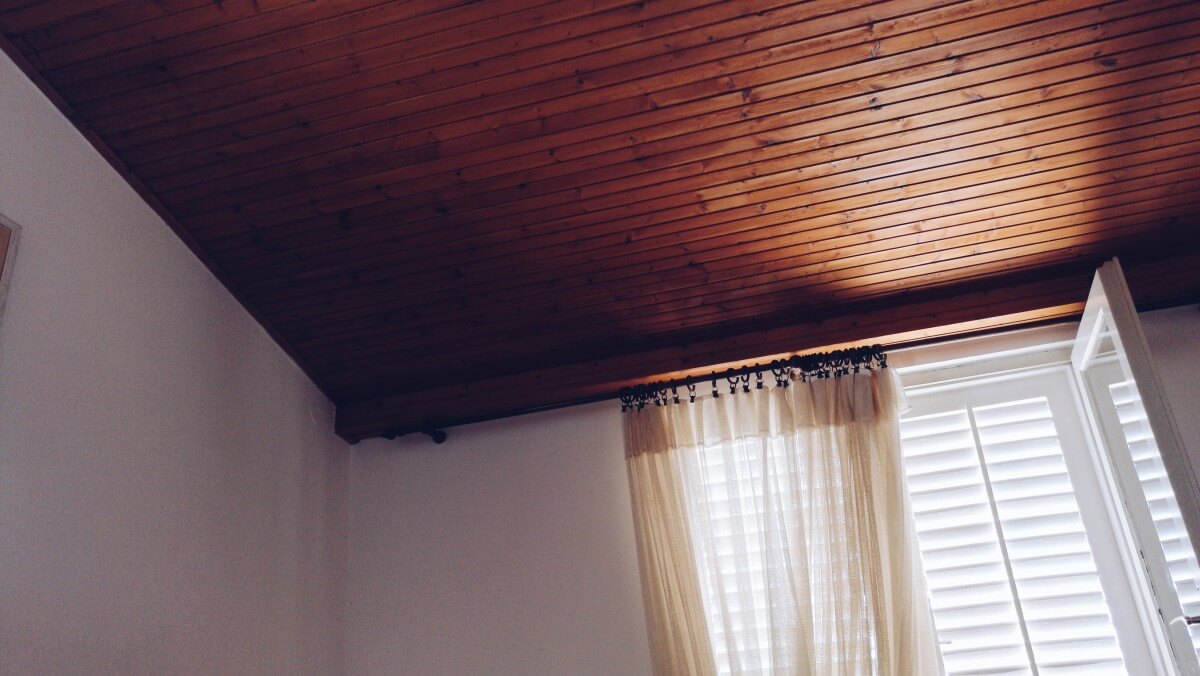Blue and Orange Mixed! What Color Does Orange and Blue Make
When painting, you are bound to run out of the color you need especially if you have a limited selection of paints to work with. This can be distressful as it can curb your creative energy.
The best way to address this is to find out how you can recreate the hue you are looking for in order to continue with your work. However, keep in mind that you will have to work with what you have.
Today, you will learn what color you can make when you are left with blue and orange. To start, why don’t we begin with basic color theory?
An Overview of Basic Color Theory
To figure out what colors you can make with orange and blue, you might want to check the traditional color wheel. When you do this, you will see that it is composed of primary, secondary, and tertiary colors.
Red, blue and yellow is known as primaries, while secondaries are green, orange, and violet. Combining one secondary and one primary color will result in a tertiary hue.
When you line these categories up in a circle, you get a color wheel.
Now, it is important to know that you can group colors together into complementary hues. As the name suggests, these colors go well together as they complement each other. However, when you combine complementary hues, you will get a neutralized color: brown.
You will know what hue complements another by looking at the wheel. Those that sit directly opposite each other are complementary colors.
Why is knowing this important? Simply put, this is the key to knowing what hue you will get when you mix blue and orange.
What Color Do Orange and Blue Make?
If you take a look at the color wheel, you’ll see that blue and orange are complementary colors. As mentioned above, you will get brown when you mix complementary hues.
So, when you blend the two, you can expect to get a version of brown.
If you happen to need brown and you only have yellow, red, and blue, you can reproduce this hue by creating orange. Do this by mixing red and yellow. Then, simply add in your blue.
Because complementary hues are guaranteed to give a version of brown, you can also mix red with green and yellow with violet. If you only have tertiary colors left, you can create brown by looking at the color wheel for complementaries.
For example, if you have blue-green, look at the wheel to see what sits directly opposite it; that color is red-orange. Mix them together and you will get brown. The same is true for yellow-green and red-violet, as well as yellow-orange and blue-violet.
By now, you probably understand that all you need to do to make brown is to mix all the primary colors together.
In practice, you can also get brown simply by mixing the pigments of red and blue. You might wonder why you get this instead of purple. Well, pigments such as acrylics can contain hints of other colors. In other words, they are usually not pure hues.
The Use of Brown in Art and Design
What were you painting the last time you ran out of brown? Annoying, wasn’t it? Now that you know that blue and orange create brown, there’s no need to stress as you can easily get this hue using other pigments.
If you are in the process of finishing a work of art that involves heavy use of brown, then this is for you. Knowing how to mix colors to get brown can help you create a variety of shades.
This, in turn, can help you paint various things such as brown-colored animals, places, food, and people.
Those who are more into creating symbolism can use this hue to represent stability, support, and protection. This hue is associated with a sense of duty, responsibility, and priority.
This will also help you create a feeling of friendliness, hospitality, loyalty, and reliability. It is closely associated with being “down-to-earth,” especially because land and soil bear this color.
Moreover, different versions of this hue will give you a chance to show diversity, especially if you create portraits of people. The best thing about colors is that you can make gradients such as shades, tints, and tones by adding neutrals such as white, black, and gray.
The Bottom line
Now that you know what you can get when you mix blue and orange, you can definitely explore more possibilities using colors.
If you have had problems with your supply of brown paint, this guide can help you continue working on your masterpiece so you can show your piece to the world.
Read Latest Posts

Hi, I'm Anthony Tran! Welcome to my site. I live in Arizona and am obsessed with all things related to building an Online Business and working from home. Learn about my journey here.
Follow Online





